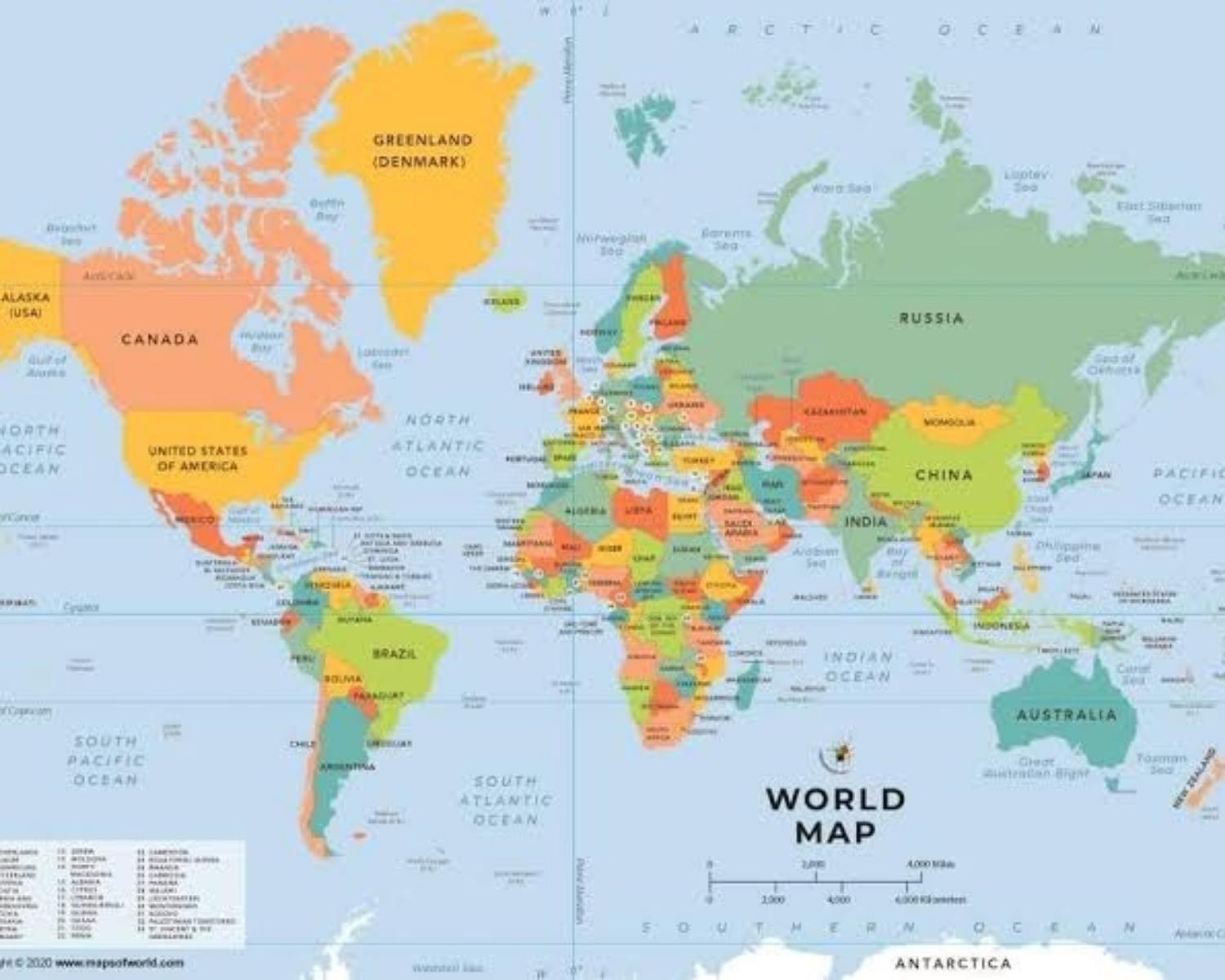Society is right on track for a global collapse, new study of infamous 1970s report finds
Curated from: livescience.com
Ideas, facts & insights covering these topics:
7 ideas
·1.21K reads
8
Explore the World's Best Ideas
Join today and uncover 100+ curated journeys from 50+ topics. Unlock access to our mobile app with extensive features.
Introduction
Human society is on track for a collapse in the next two decades if there isn't a serious shift in global priorities, according to a new reassessment of a 1970s report, Vice reported.
"The Limits to Growth" was published in 1972. It argued that industrial civilization was bound to collapse if corporations and governments continued to pursue continuous economic growth. The researchers forecasted 12 possible scenarios for the future, most of which predicted a point where natural resources would become scarce.
12
257 reads
The BAU Scenario
The report's most infamous scenario — the Business as Usual (BAU) scenario — predicted that the world's economic growth would peak around the 2040s, then take a sharp downturn, along with the global population, food availability and natural resources. This imminent "collapse" wouldn't be the end of the human race, but rather a societal turning point that would see standards of living drop around the world for decades, the team wrote.
12
200 reads
Comprehensive Technology(CT) Scenario
Herrington found that the current state of the world — measured through 10 different variables, including population, fertility rates, pollution levels, food production and industrial output — aligned extremely closely with two of the scenarios proposed in 1972, namely the BAU scenario and one called Comprehensive Technology (CT), in which technological advancements help reduce pollution and increase food supplies, even as natural resources run out.
11
175 reads
Stabilized World (SW) Scenario
Imagine a future where human population, pollution and economic growth rise in tandem while natural resources decline. Or imagine a world where humans decide to deliberately limit economic growth on their own, before a lack of resources forces them to. This is the Stabilized World (SW) scenario.
13
159 reads
A change in values and policies translates into, amongst other things, low desired family size, perfect birth control availability, and a deliberate choice to limit industrial output and prioritize health and education services.
"On a graph of the SW scenario, industrial growth and global population begin to level out shortly after this shift in values occurs.Food availability continues to rise to meet the needs of the global population; pollution declines and all but disappears; and the depletion of natural resources begins to level out, too.
12
139 reads
The Conclusion
Herrington told Vice.com the rapid development and deployment of vaccines during the COVID-19 pandemic is a testament to human ingenuity in the face of global crises. It's entirely possible, Herrington said, for humans to respond similarly to the ongoing climate crisis.
"It's not yet too late for humankind to purposefully change course to significantly alter the trajectory of [the] future," Herrington concluded in her study. "Effectively, humanity can either choose its own limit or at some point reach an imposed limit, at which time a decline in human welfare will have become unavoidable."
13
132 reads
IDEAS CURATED BY
I'm interested in the Unknown | 📚 Bookworm | 🎨 Creative soul | 🌌 Explorer of the Beyond. (άλθος) ♡
Debapriyo Majumdar's ideas are part of this journey:
Learn more about economics with this collection
The importance of practice and repetition in learning
How to stay motivated and avoid burnout while learning
How to break down complex concepts into manageable parts
Related collections
Similar ideas
7 ideas
6 ideas
Civil Society: Definition and Theory
thoughtco.com
5 ideas
What is competitiveness?
weforum.org
Read & Learn
20x Faster
without
deepstash
with
deepstash
with
deepstash
Personalized microlearning
—
100+ Learning Journeys
—
Access to 200,000+ ideas
—
Access to the mobile app
—
Unlimited idea saving
—
—
Unlimited history
—
—
Unlimited listening to ideas
—
—
Downloading & offline access
—
—
Supercharge your mind with one idea per day
Enter your email and spend 1 minute every day to learn something new.
I agree to receive email updates




![<p><strong>"[The BAU] and CT s...](/_next/image?url=https%3A%2F%2Fd1dfxfqogsjixt.cloudfront.net%2F149083-1632932875.jpg&w=3840&q=75)


